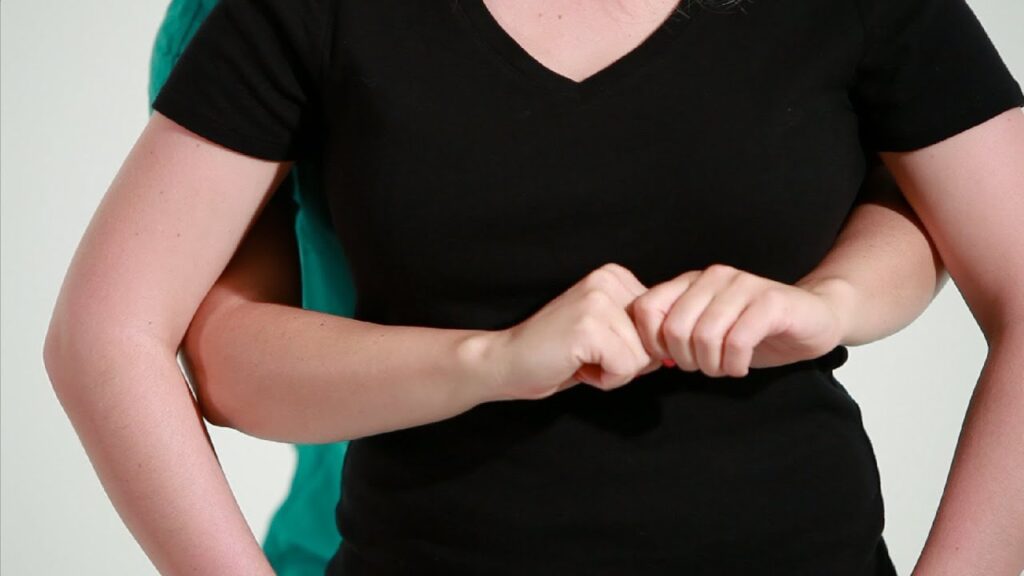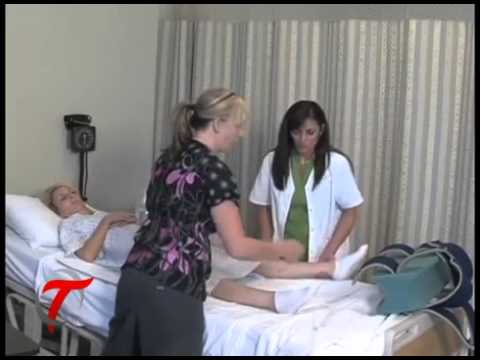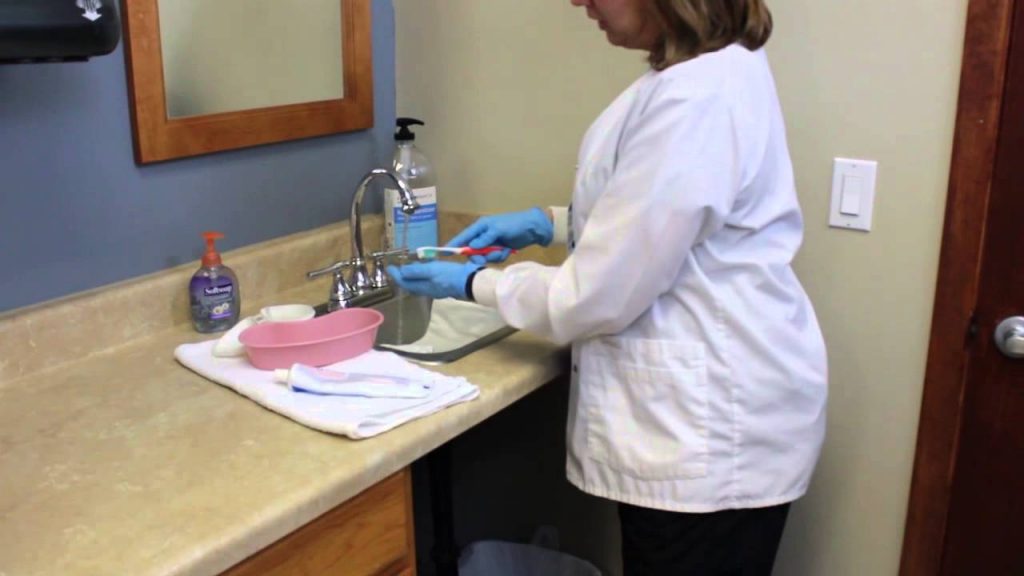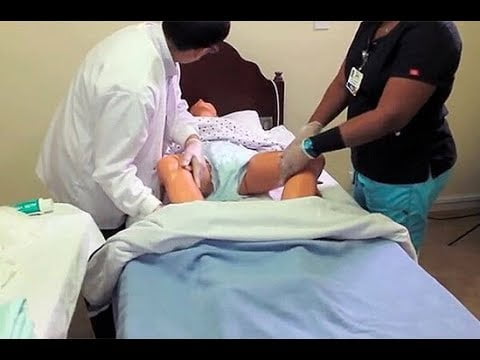Written by Hollie Finders, RN
Hollie Finders is a registered nurse with years of experience working in the health care field. She has degrees in both biochemistry and nursing. After working with patients of all ages, Hollie now specializes in pediatric intensive care nursing. Hollie’s LinkedIn
Procedure
Equipment needed: gait belt, non-skid footwear, and chair or wheelchair.
- Perform hand hygiene.
- Explain the procedure to the resident and ask for his or her assistance in following directions.
- Place a chair or wheelchair right next to the bed on the resident’s unaffected side. The chair should be at the head of the bed and facing the foot of the bed.
- Lock the wheels of the chair or wheelchair if applicable.
- Assist the resident in sitting on the side of the bed. Raise or lower the bed so the resident’s feet are flat on the floor. Apply non-skid footwear to the resident’s feet.
- If available, fasten a gait belt securely around the resident’s waist.
- Stand in front of the resident and assume a proper lifting position. Align your legs with the resident’s legs to prevent him or her from slipping.
- If using a gait belt, firmly grasp the belt on both sides of the resident. If no gait belt is available, wrap your arms around the resident’s torso, keeping his or her arms free.
- Ask the resident to stand while supporting his or her movement. You may instruct the resident to push off the bed to assist in standing.
- Instruct the resident to take small, slow steps toward the chair. Have the resident pivot so that the backs of his or her legs are touching the chair.
- Tell the resident to reach backward and grab the chair’s armrests. Then, gently lower the resident into the chair as he or she sits down.
- Ensure the resident’s bottom is all the way back in the chair. Align the resident’s body and support with pillows, if needed.
- Remove the gait belt.
- Attach footrests to the wheelchair if needed, or raise the footrest on the chair if desired.
- Transport the resident by wheelchair or place the call light within the resident’s reach.
- Perform hand hygiene.
- Document the procedure in the resident’s chart and report any changes in the resident’s condition to the nurse.
Important Information
It is important to remember on which side to place the chair when assisting a patient in transferring. Putting the chair on the resident’s unaffected side allows the resident to lead with his or her strong extremity. This eases the procedure for the resident and reduces the risk of falling [1].
A gait belt should always be used when available and appropriate for the resident’s condition. A gait belt is not used for lifting, but instead is used to help guide a resident’s movements [1]. Gait belts also give the health care worker something to hold onto while the resident transfers and can be used to help lower the resident to the floor if he or she begins to fall.
References





